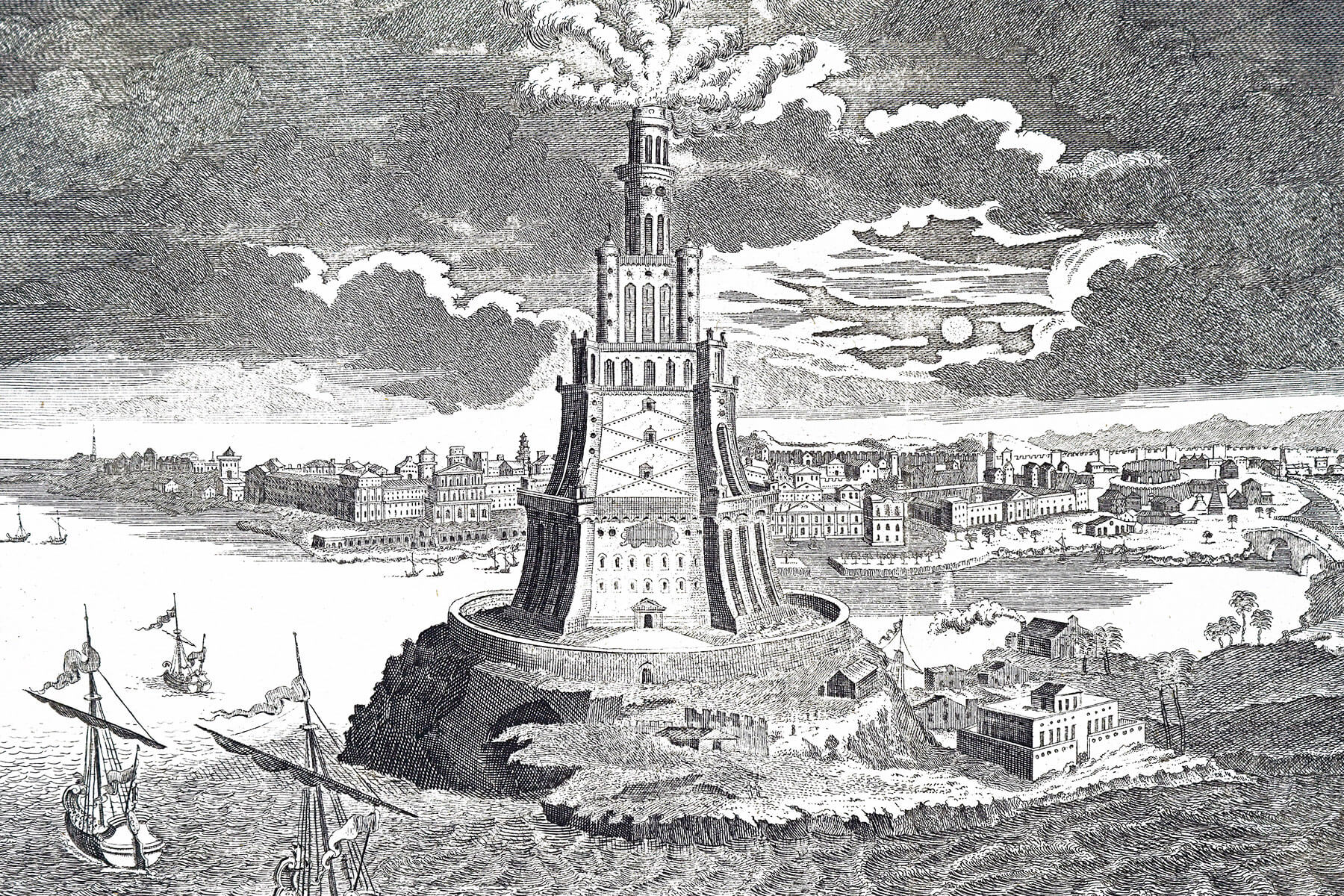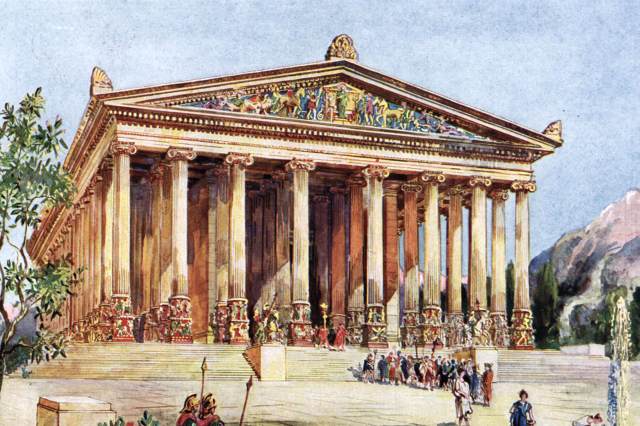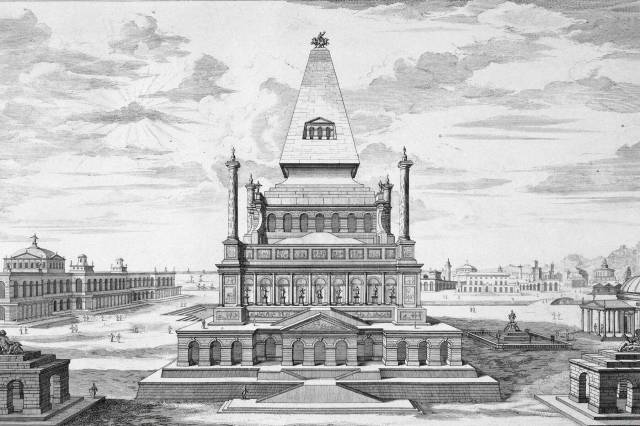7 Facts About the Seven Wonders of the Ancient World
The first list of the wonders of the world was compiled by the ancient Greek writer and poet Antipater of Sidon in the second century BCE, and it included seven extraordinary landmarks around the Mediterranean and modern-day Middle East. Since then, these ancient marvels have been a subject of study, fascination, and awe. The Seven Wonders of the Ancient World were stunning achievements of sculpture and architecture, built with such intricacy and at such a massive scale that in some cases historians remain baffled as to how ancient civilizations were able to create them. Most of the wonders have been lost to time — only the Great Pyramid of Giza remains in any substantial form — but they still capture the imaginations of generations of people who look to them as a source of beauty and inspiration. Here, we take a brief tour around the ancient Mediterranean and Middle East with seven facts about the ancient wonders of the world.

The Great Pyramid of Giza Is the Largest Compass Ever Built
If you happen to find yourself lost in the deserts of Egypt, you might want to seek out the Great Pyramid of Giza to find your way home. The four corners of the Great Pyramid are aligned with the four cardinal directions, and with such a high degree of accuracy that experts are still trying to puzzle out how the ancient Egyptians pulled it off. The pyramid’s alignment is accurate within one-fifteenth of a degree, a measure that’s difficult to achieve even with modern technology, and especially for a structure so massive (in its prime, the Great Pyramid stood 481 feet tall). Historians theorize that ancient engineers may have used shadows cast by the sun or the location of stars in the night sky to orient the massive structure. However, to this day, the exact method the Egyptians used to pull off this stunning feat of architecture and engineering remains a mystery.





















